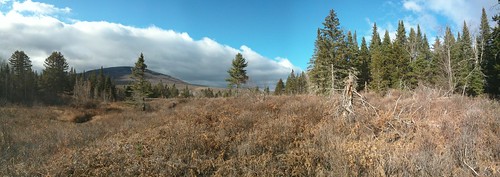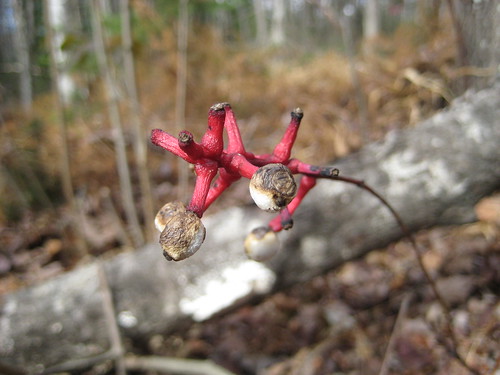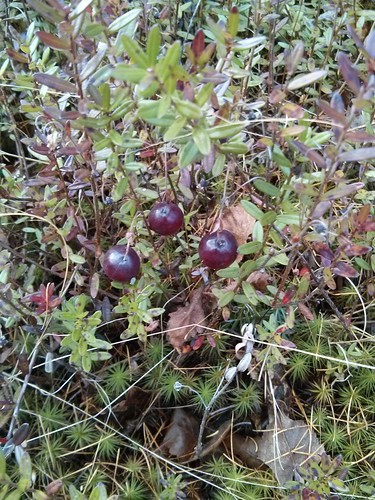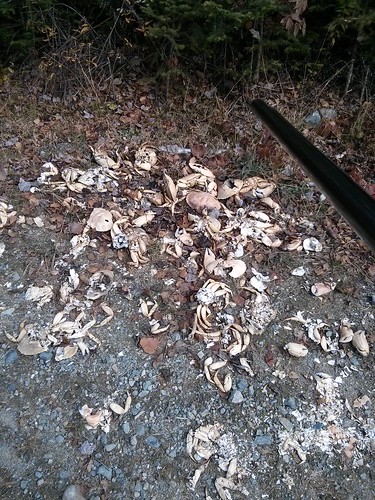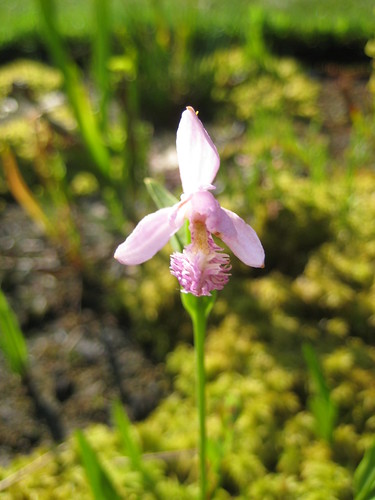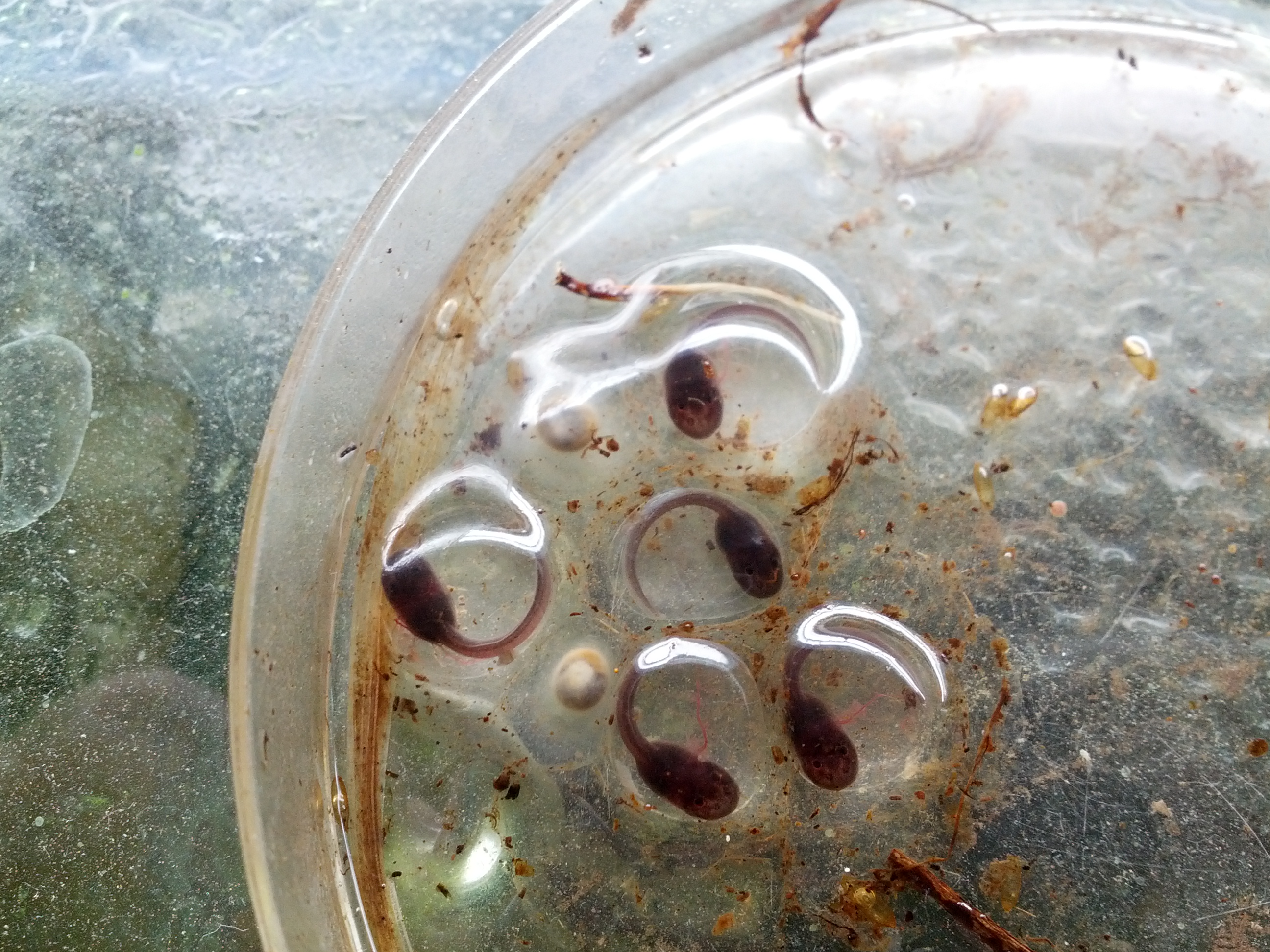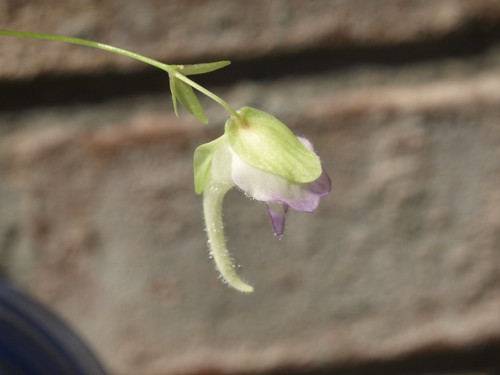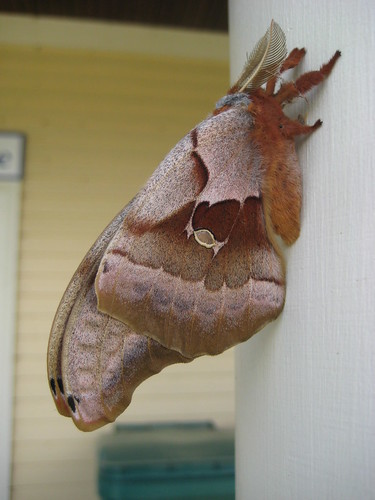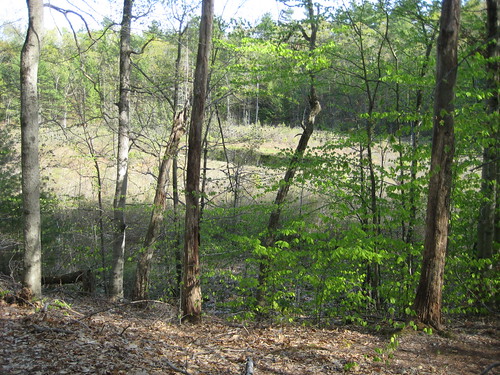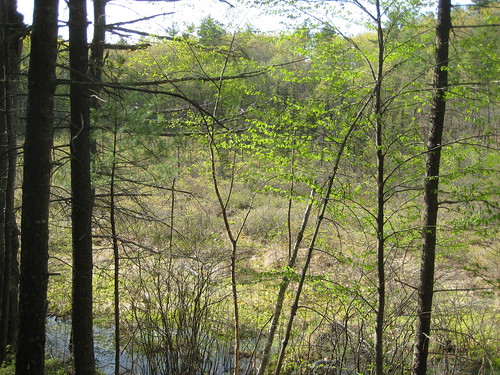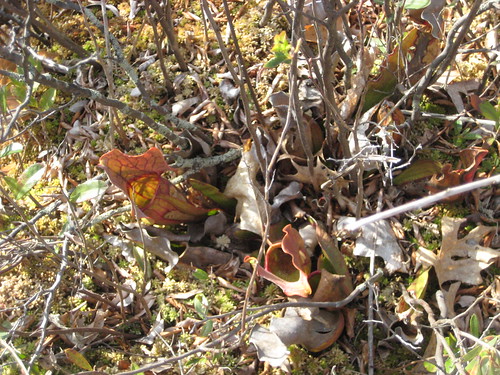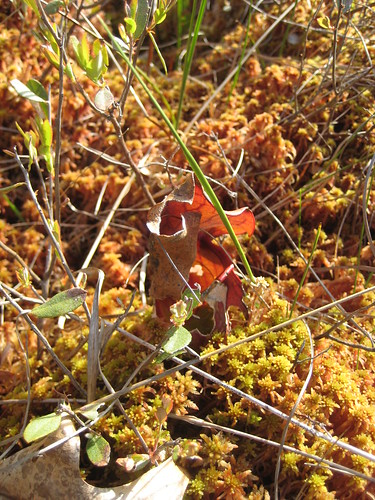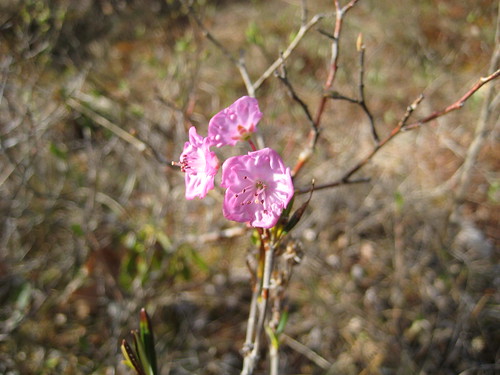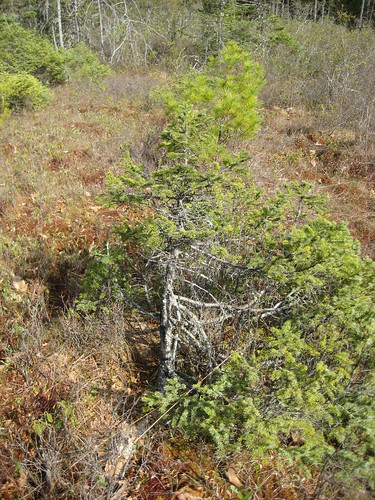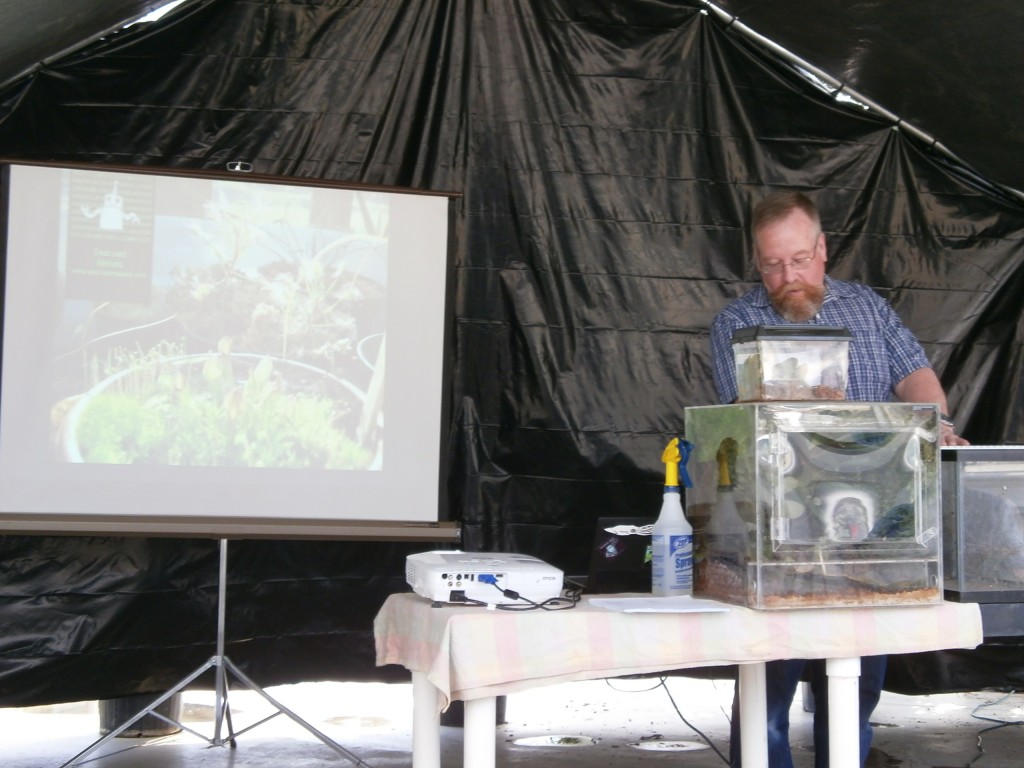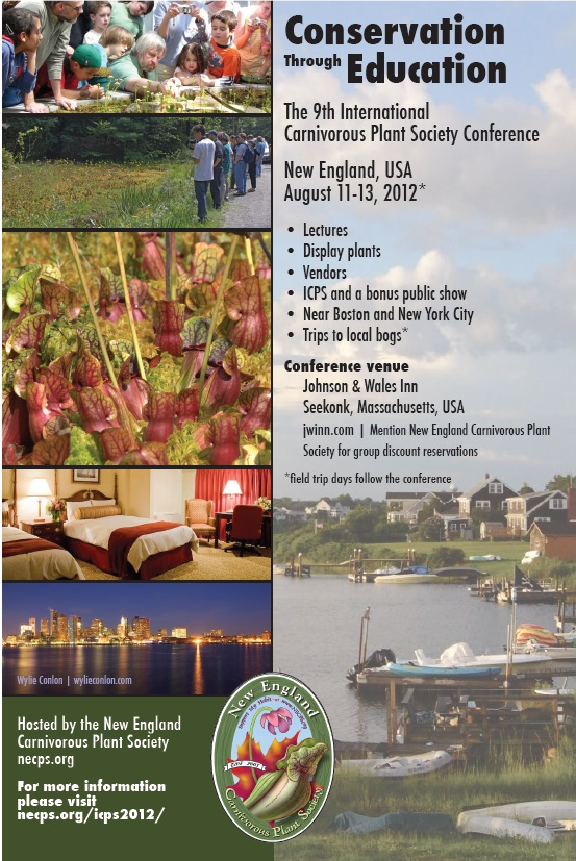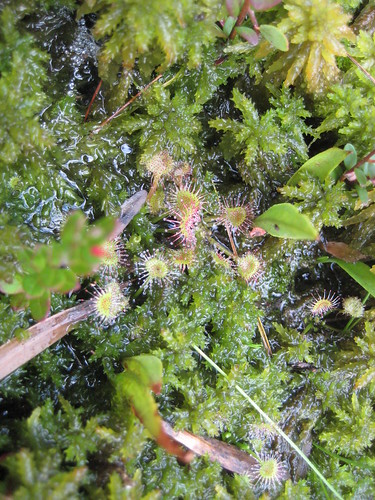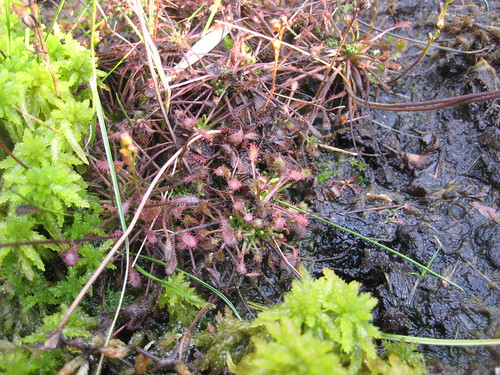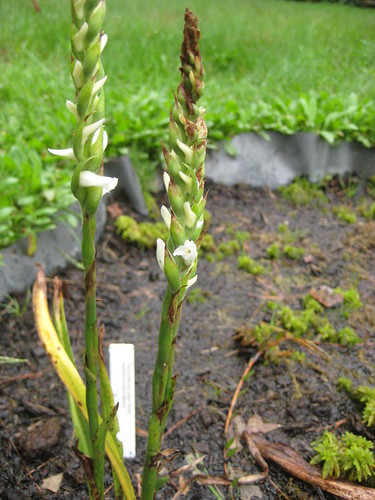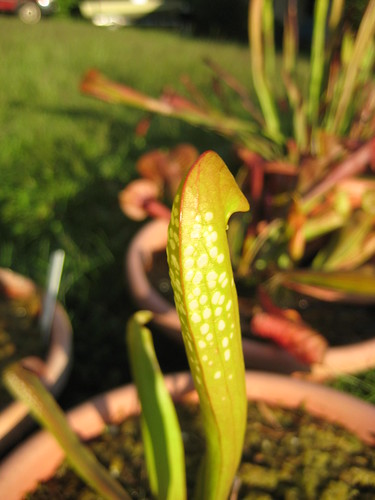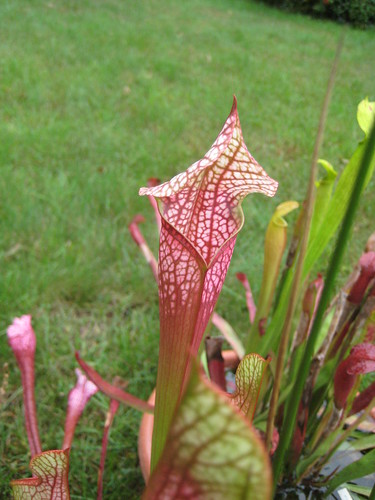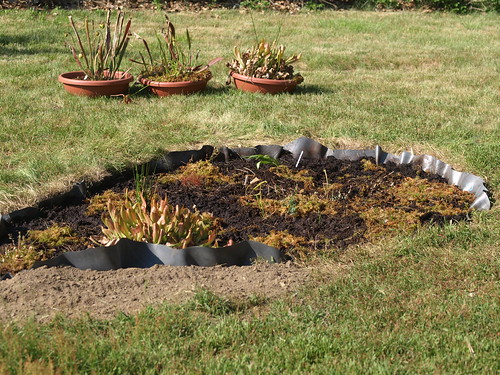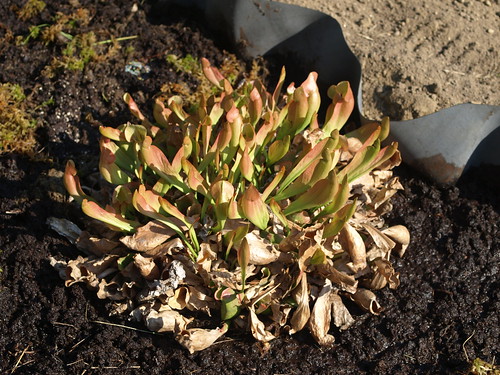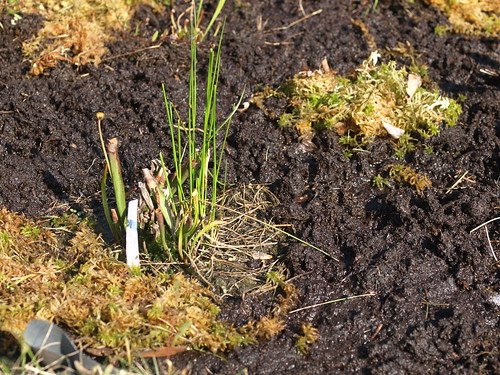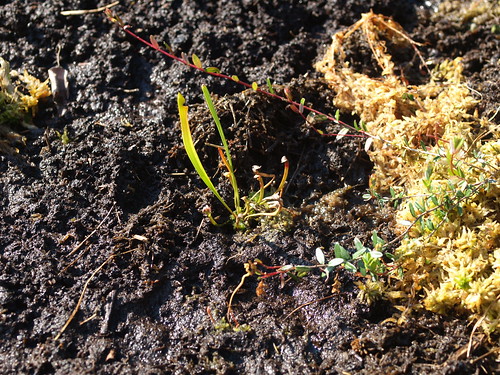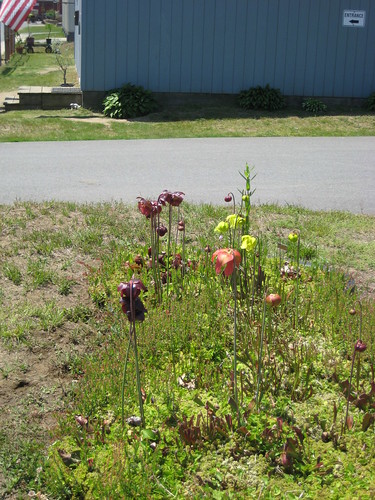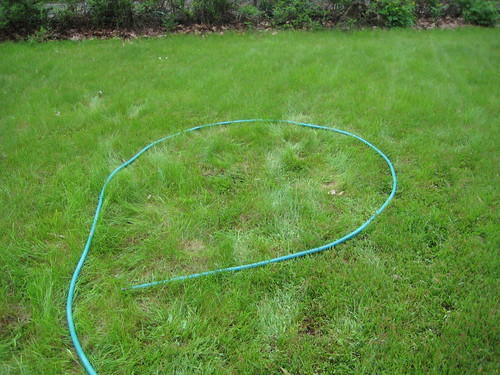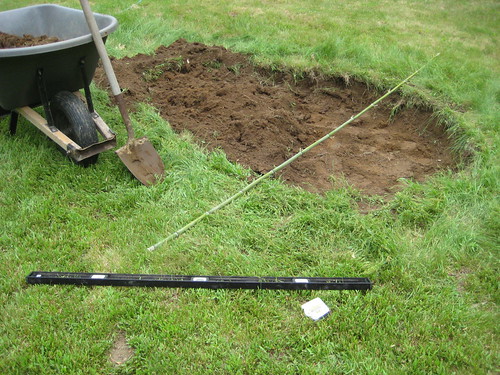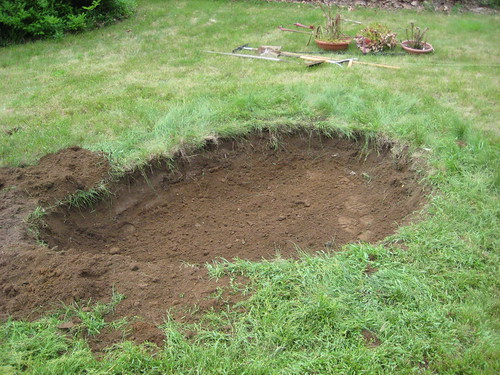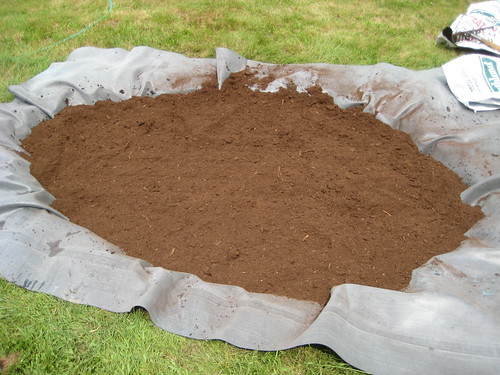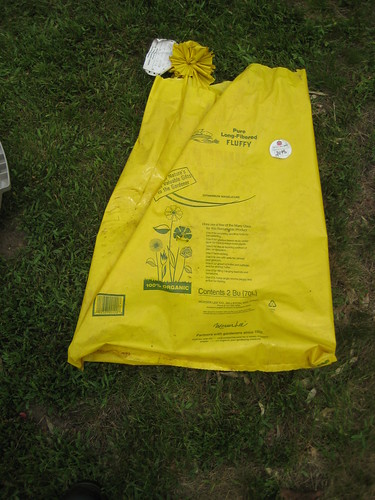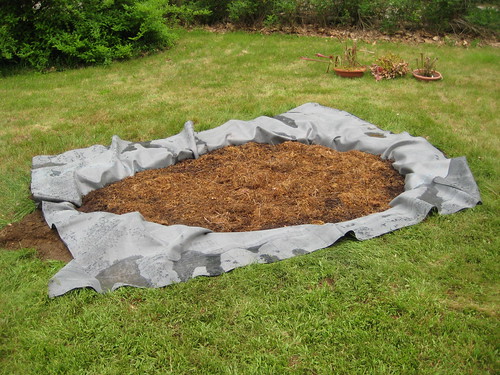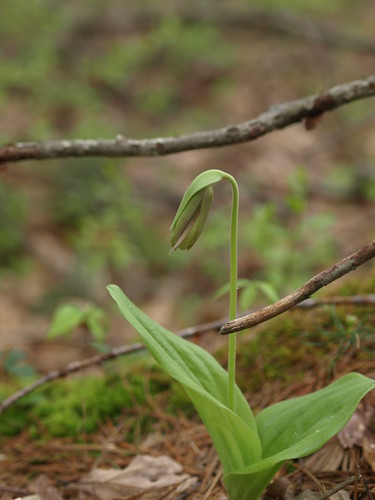Centuries ago, in internet time, my friend Alyssa started the Sunday Flower Report on twitter. It was and is a celebration of “the persistence of beauty and the beauty of persistence”; folks tweet pictures of whatever is blooming in their neck of the woods with the hashtag #FlowerReport and A retweets to all followers. I locked my twitter account last year at about this time in anticipation of Leon Skum’s purchase of the bird site and with that, my contributions came to an end. Alyssa can see my tweets, but RTing is right out. So I thought this Sunday I’d do a long overdue post on a day trip I took a month ago – a blog based #FlowerReport.
Way back when I was building naturalistic vivaria and keeping poison dart frogs, my go-to for orchids was Andy’s Orchids in Encenitas. It and the La Mesa RR layout were my 2 primary reasons for visiting the San Diego area and my gosh, it was worth it. It’d take thousands of photos to do the place justice – I only took a few. Here’s a slideshow, with orchid species names in the caption, where possible.


